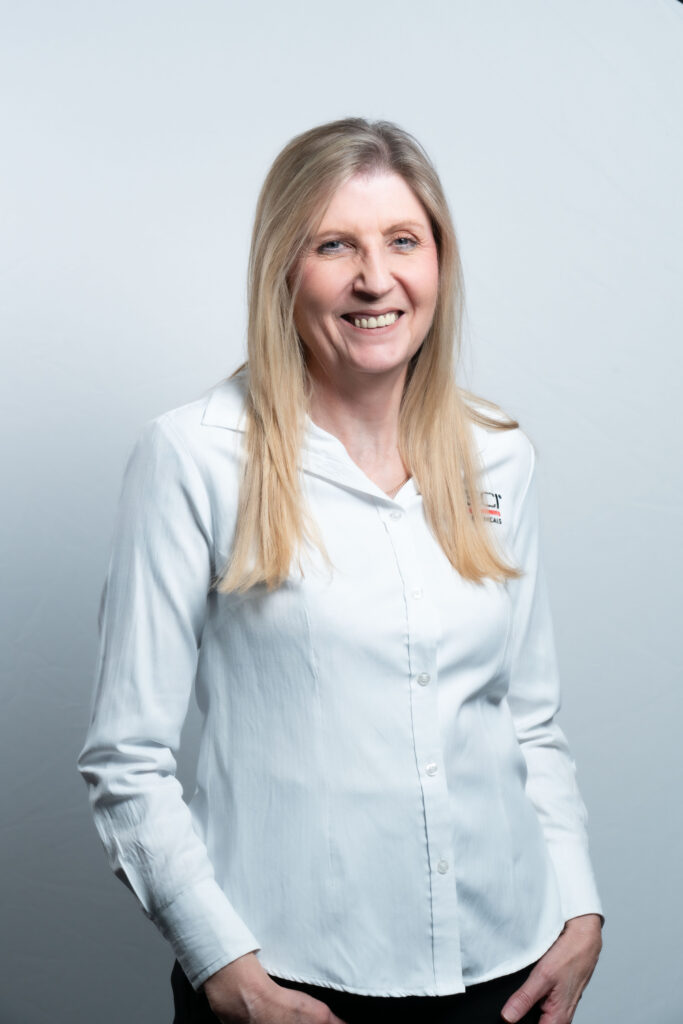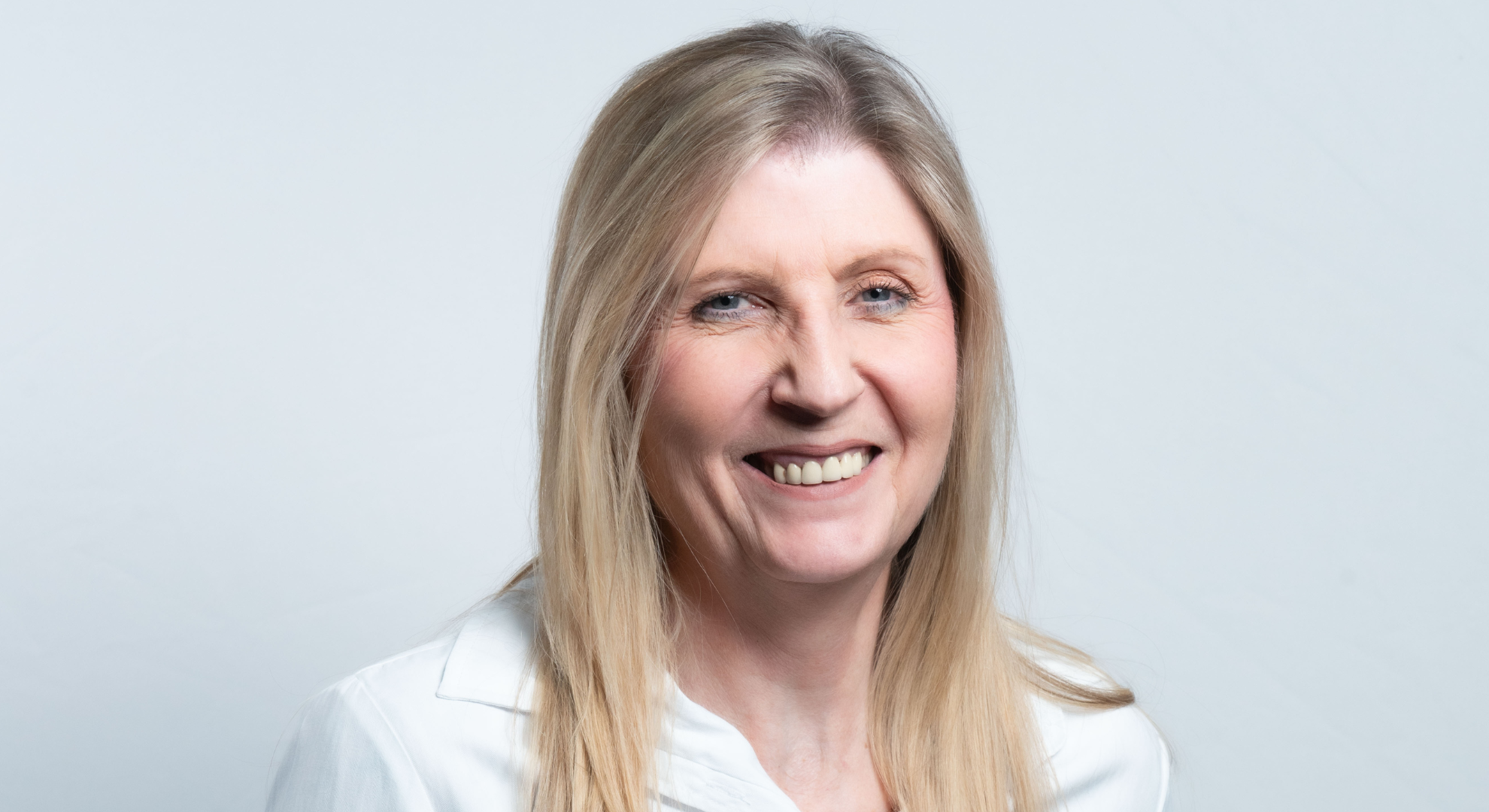The XXXI International Mineral Processing Congress will be taking place from 29 September to 3 October 2024 in National Harbor, Washington, DC, with experts from around the globe coming together to share the latest advances in the science and technology of mineral processing. Dr Natalie Shackleton, Metallurgical Consultant to AECI Mining Chemicals (formerly Senmin), will be presenting her research on “Advances in Collector Application: Chemistry Versus Mineralogical Characteristics During PGE And BMS Flotation”.
The conference is an opportunity for AECI Mining Chemicals to showcase its innovative approaches and advancements in reagent technology. The company focuses on developing of high-performance flotation reagents and flocculants to improve the efficiency and effectiveness of mining processes. With a strong emphasis on research and development, AECI Mining Chemicals collaborates closely with clients to tailor chemical solutions that meet specific operational challenges.
Dr Shackleton will share information on the new-generation collectors that have been developed by AECI Mining Chemicals, designed to improve the recovery and selectivity of valuable minerals during the flotation process. The research has shown that customising the collector components based on the specific minerals present in the ore being processed has the potential to improve efficiency and profitability for mines dealing with platinum group metals (PGMs). Dr Shackleton’s paper discusses how the mineral composition of ore influences the effectiveness of these collectors.
“The focus of the paper is on PGM bearing ore case study during primary and secondary rougher flotation, collector composition and ratios of those components in the collector,” explains Dr Shackleton. “To gain an understanding of the link between mineralogy and collector chemistry, batch flotation tests were performed and the concentrates were mineralogically characterised for PGM and BMS using QEMSCAN and FEG MLA. The results showed a strong correlation between PGM mineral type and AECI Mining Chemicals collector chemistry, clearly demonstrating that one reagent type does not fit all flotation applications. What the study has shown is that the makeup of the collector is the overriding factor and that’s why we’ve got the improved grade and recovery.”
Although the research to date has been lab-based, Dr Shackleton expects real-world PGM recovery to be similar, with up to 6% improvement.
Dr Shackleton says that the congress is an opportunity to connect with other researchers in the minerals processing world and to forge collaborations, learn and add to the knowledge base. Additionally, it’s an opportunity to showcase AECI’s R&D prowess to potential clients. “We want to show customers or potential customers that we’re not just a reagent supplier – we can be a partner,” she says. “We put a lot of effort into the development of our products; we understand what the challenges are; and we will try to accommodate clients’ needs.”
While Dr Shackleton’s research focuses on PGMs, she says there is also application when it comes to other minerals, such copper and nickel (also found in the PGM ores), as well as phosphate flotation.
Dr Shackleton has over 40 years of R&D and management experience in analytical chemistry, PGM and base metal hydrometallurgy, PGM and BMS mineral processing and mineralogy. She holds a PhD in Chemical Engineering from the University of Cape Town in 2007. She has presented at the International Mineral Processing Congress several times over her career, including in 2003, 2006, 2008 and 2012.
She is the co-inventor of an Anglo Platinum Chromatography patent titled “Refining of Pt Group Metals”, a method of inter-separation of PGM metals from a feed solution with particular application in the production of high purity PGMs, and was awarded the Joseph Arenow prize for the best M.Sc. thesis in the Chemical Engineering Faculty at UCT in 2003.



